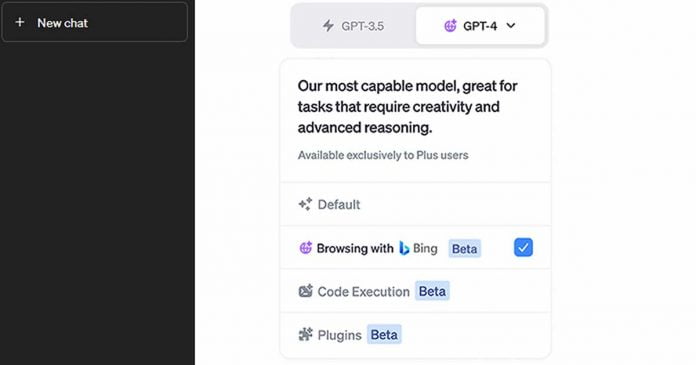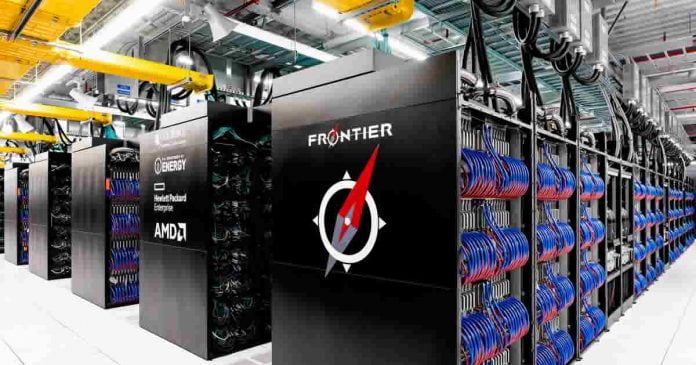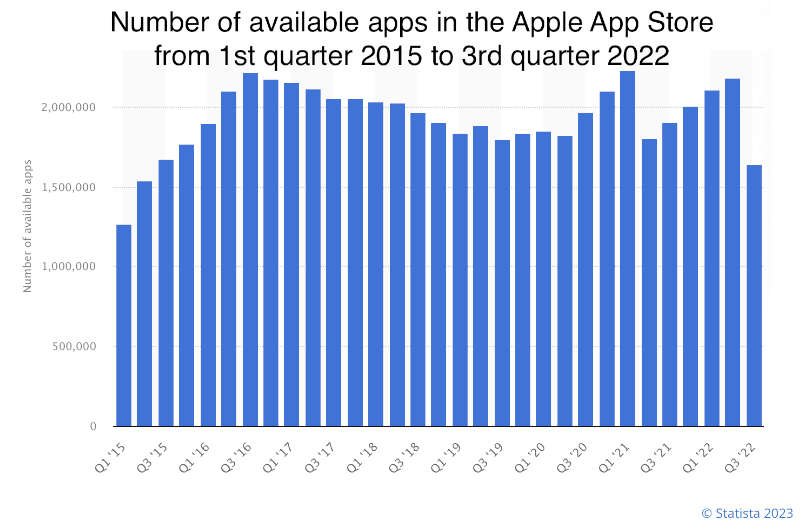We use Microsoft PowerPoint for presentations for our personal, professional, and educational projects. What about trying something new — online presentations tools to create presentations without PowerPoint.
Although we are familiar with PowerPoint, and it’s many customization options, but it is not the only one that we can use if we want to achieve a striking, original, and fun result.
Lets checkout some interesting free online presentation tools that can replace PowerPoint. These tools deliver slides something much more attractive than the Powerpoint does or something with a different and dynamic touch. And these free online presentation tools are the best free PowerPoint alternative out there with which to create slides with ease.
Best free online presentations tools:
1. Google Slides
Google Slides is a free, online, and collaborative tool to create presentations online, making it one of the best alternatives to PowerPoint.
In Google Slides, there is a gallery of templates that we can choose from if we don’t want to start from scratch and want to work on a ready-made scheme. Once created, the format and design are identical to the Microsoft suite — you can add titles, add backgrounds, add images, or slide and transitions between them.
There are backgrounds or designs for all the slides you create, and you can change them as many times as you want. Google allows you to insert images, audio, video, text, shapes, graphics, diagrams, etc. You can also share what you created with anyone so that everyone can have access or add text, make the required adjustments.
2. Sway
Sway is Microsoft’s own tool, like Google, with its Google Slides. It is a free online presentation tool in which we find predetermined presentations to fill in or templates that we can use at no cost.
It can be a recommended option if you are not looking to complicate yourself but are looking for online alternatives to PowerPoint. Its main advantage is its simplicity, but it also has tutorials that show you how to make your presentations step by step.
3. Canva
Canva is one of the most fashionable online design tools in recent times thanks to the number of functions it allows us. It is available online or through an app for both Android and iOS. It is free although with payment options for users who want better graphics or more functions.
It is one of the most practical and recommended to create infographics or designs for social networks and even to create your own ebook. It is also one of the best options for creating presentations online.
Just choose from the templates it offers us, add photographs, texts, or descriptions, and let’s add pages to the design. Once we have the project complete, we can download it in various formats like PDF, video with MP4 format, GIF, etc.
4. Genial.ly
Genial.ly is one of the best online alternatives to the classic PowerPoint, the most recommended for infographics, for presentations.
You can create interactive content, and it has all kinds of resources that we can access from a free account. One of the best free online presentation tools used not only by many design professionals but also practical for the field of education, communication agencies or for the corporate field. However, there are payment plans to unlock more options in it, that allows even more creativity.
5. Slidebean
In Slidebean, you can get presentation templates for business, academic use, startups, etc. The operation is similar to the previous ones — you must register for free to access the editor, and once inside, you will be able to see all your presentations or create a new one.
Everything is perfectly guided, and you will find tutorials that will tell you how to do it, so there is no problem. In addition, as in most, you will see that there are templates designed for each type of presentation — within academics, you will find, for example, templates for history presentations or to defend a thesis or a master’s degree.
6. Emaze
The way Emaze works is very similar to other online slide creating websites, and its main advantage is undoubtedly its simplicity. If you don’t have experience creating presentations, this is one of the best alternatives to PowerPoint that you can try online.
You will need to register with an email and password, and once you have to choose from all the available templates. They are available in video, 3D, or conventional templates with slides. Since there are a lot of different templates already available, you will only have to fill in your data without complications, which is very useful for all the newbies. It is completely free. Although it has a payment option to improve its functions, but you wouldn’t have to pay to get an original and quality presentation.
7. Visme
Visme is an online designing tool very similar to Canva and also useful for infographics or designs of all kinds. It can be used when creating presentations online if you are looking for alternatives to PowerPoint to achieve a striking and different effect. There are over a thousand different templates available. All you need to do is register for free to make your presentation. You can choose between the available formats or start from scratch with your designs.
8. Zoho Show
Zoho Show is also an online presentation program based on slides. Register for free (although there are payment options). One of the advantages of this website for presentations is that it has the possibility of collaborative editing in documents or presentations so you can work in a group without any problem. Another interesting advantage is that we find its app on almost any device, so we will not necessarily have to work on a computer. You can download it on iPhone and iPad, Apple TV, Android, or even has an extension to add to your browser.
We hope that you were able to find the one you were looking for. If you know any other similar online presentation tools to replace PowerPoint, do let us know in the comment section.










